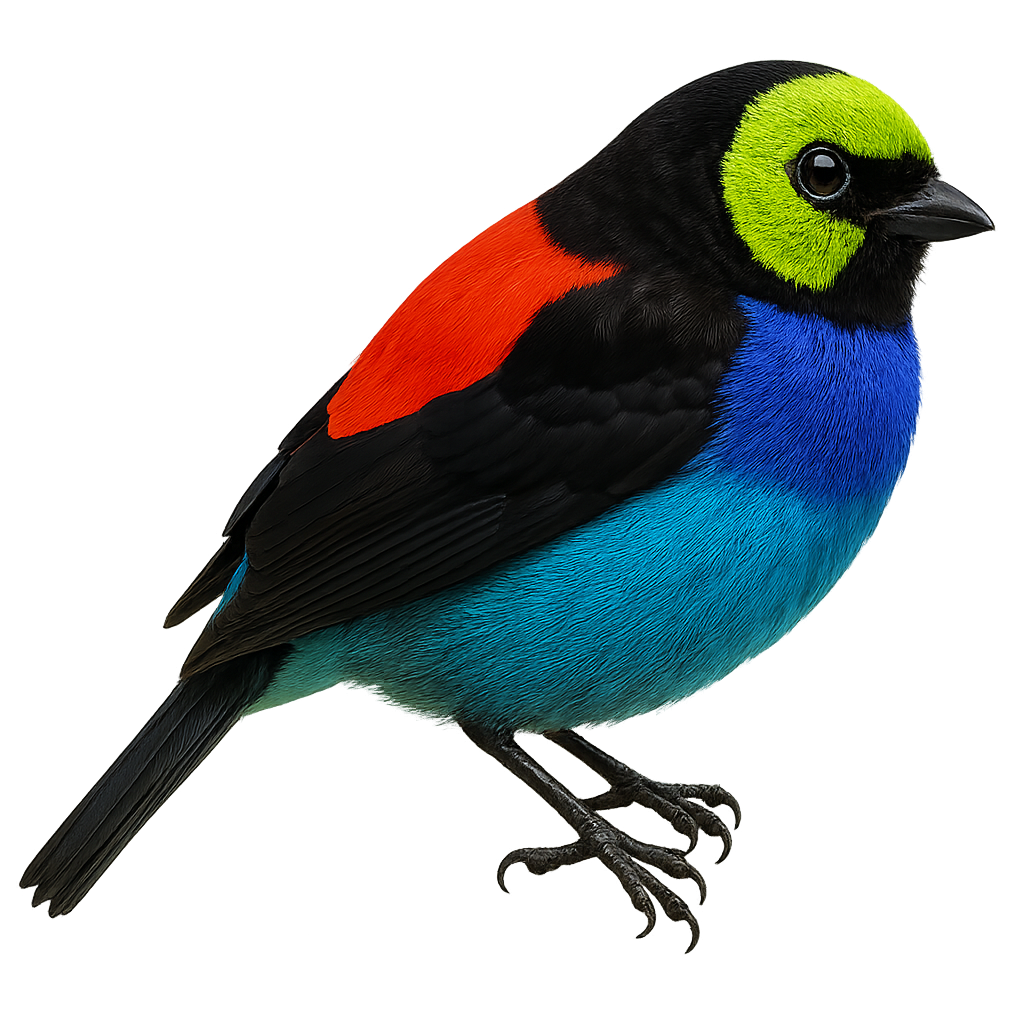Your wildlife photography guide.
Explore the paradise tanager in detail, study its behavior, prepare your shots.
Where to observe and photograph the paradise tanager in the wild
Learn where and when to spot the paradise tanager in the wild, how to identify the species based on distinctive features, and what natural environments it inhabits. The WildlifePhotographer app offers tailored photography tips that reflect the paradise tanager’s behavior, helping you capture better wildlife images. Explore the full species profile for key information including description, habitat, active periods, and approach techniques.
Paradise Tanager
Scientific name: Tangara chilensis

IUCN Status: Least Concern
Family: THRAUPIDAE
Group: Birds
Sensitivity to human approach: Suspicious
Minimum approach distance: 10 m
Courtship display: January to March
Incubation: 13-15 jours
Hatchings: January to April
Habitat:
Tropical forests, forest edges, wetlands
Activity period :
Primarily active during the day, with peak activity in the morning and late afternoon.
Identification and description:
The Paradise Tanager, known for its vibrant plumage, is a fascinating bird from the tropical forests of South America. Its head is a bright green, contrasting with a turquoise blue body and black wings. It measures about 13 to 15 cm in length and weighs between 15 and 20 grams. This bird primarily feeds on fruits, insects, and nectar, playing a crucial role in pollination and seed dispersal. It lives in social groups and is often seen in the company of other tanager species. Its song is melodious, composed of varied and pleasant notes. Although its habitat is threatened by deforestation, it is still widely distributed and not considered endangered.
Recommended lens:
400 mm – adjust based on distance, desired framing (portrait or habitat), and approach conditions.
Photography tips:
To photograph the Paradise Tanager, it is advisable to use a 400mm lens or longer to capture the details of its vibrant plumage without disturbing it. Look for it in tropical forests and edges, where it is often in rapid motion. The natural light of the morning or afternoon is ideal for highlighting the bright colors of its plumage. Be patient and discreet, as this bird can be suspicious.
The WildlifePhotographer App is coming soon!
Be the first to explore the best nature spots, track rutting seasons, log your observations, and observe more wildlife.
Already 1 439 wildlife lovers subscribed worldwide

